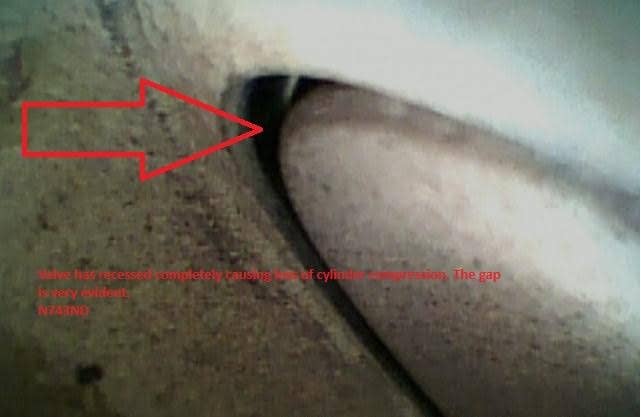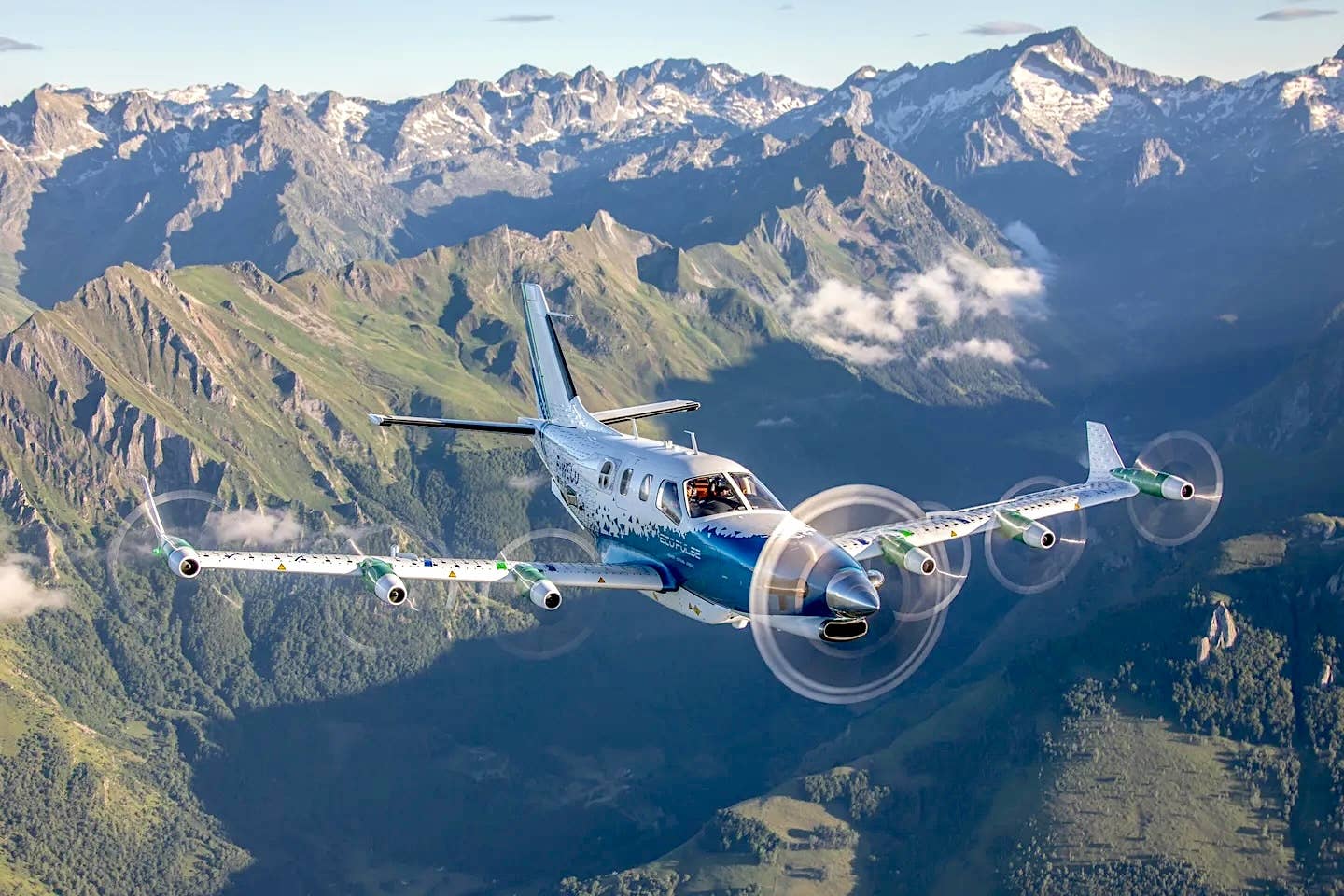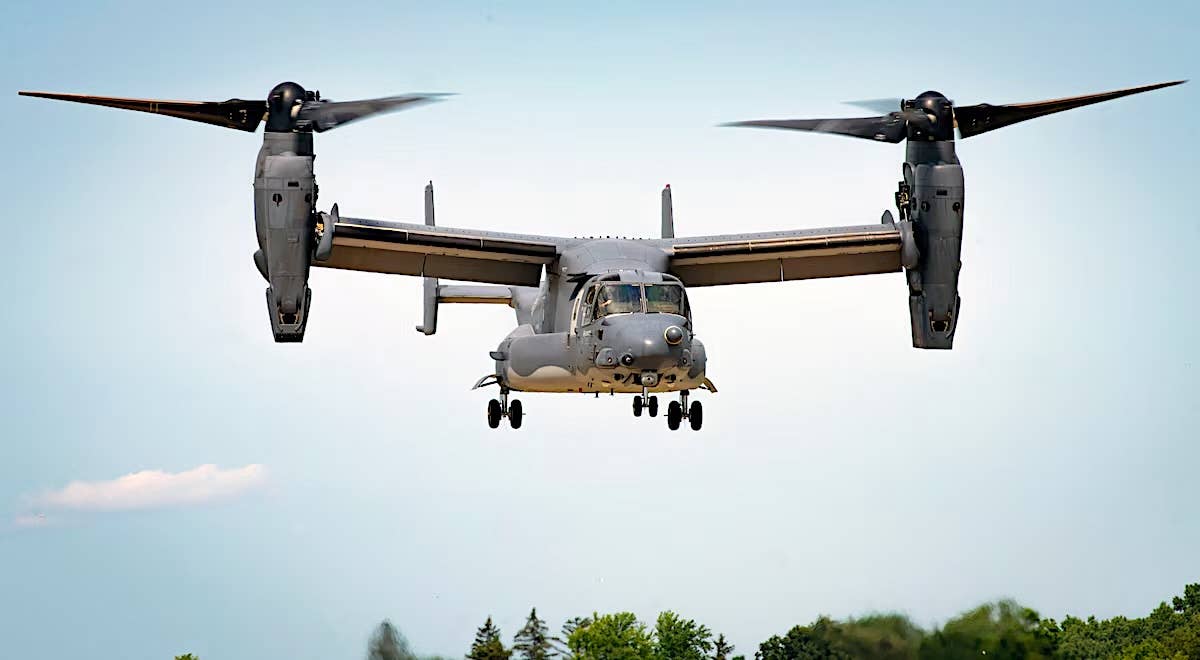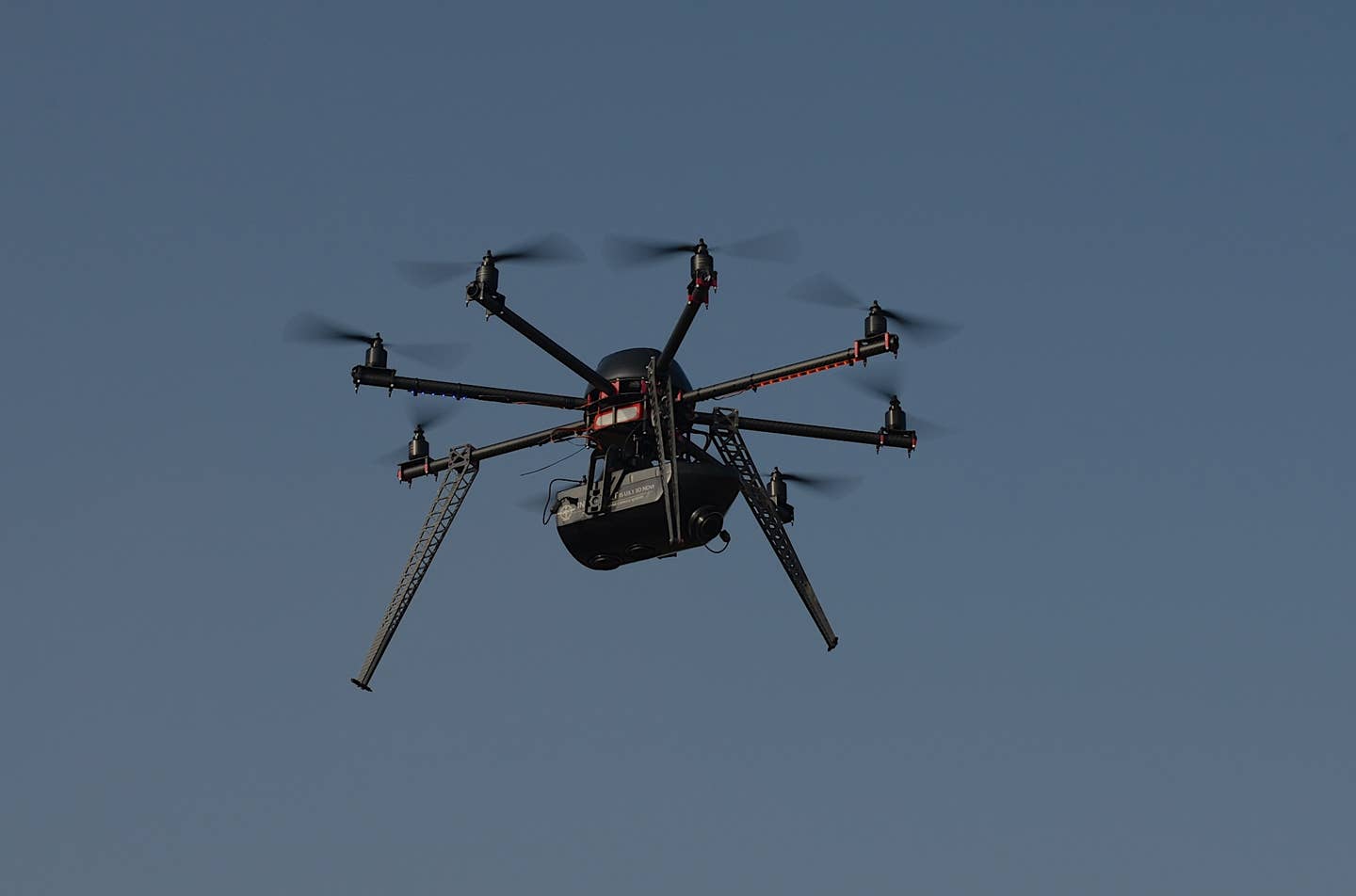Swift Recommends Limiting Peak Or Lean Of Peak Operations With 94UL For Now
Swift Fuels is recommending pilots using its UL94 unleaded avgas adjust operation of their engines until the precise cause of dramatic valve seat recession in Piper Archers flown by the…

Arrow points to the gap where the valve has recessed completely causing loss of compression. Photo courtesy of UND
Swift Fuels is recommending pilots using its UL94 unleaded avgas adjust operation of their engines until the precise cause of dramatic valve seat recession in Piper Archers flown by the University of North Dakota is determined. Last week Lycoming, which made the engines in the Archers, said it didn't believe the engines were at fault and instead pointed the finger at high levels of aromatics in UL94 and engine operation procedures at UND.
In response to our story on that analysis, Swift Fuels CEO Chris D'Acosta wrote a statement in the comments section below that story (copied in full below) calling Lycoming's assessment "inconclusive" and disputing the claim about the aromatics. D'Acosta did, however, recommend adjusting operating procedures to reduce the risk of valve issues. "Swift Fuels would advise pilots to limit extended flight operations at peak EGT or lean of peak when flying UL94 unleaded avgas until the completion of a comprehensive analysis of the exhaust valve issue is documented and confirmed by industry," D'Acosta wrote.
Meanwhile, George Braly, whose General Aviation Modifications Inc. has developed and is now making commercially available a 100-octane unleaded fuel, said he's tested UL94 at his engine test facility and believes Lycoming's analysis is incorrect. Braly told a news conference at Sun 'n Fun last week that he would not make details of his analysis public until after he's discussed it with those involved in the UND issues.






